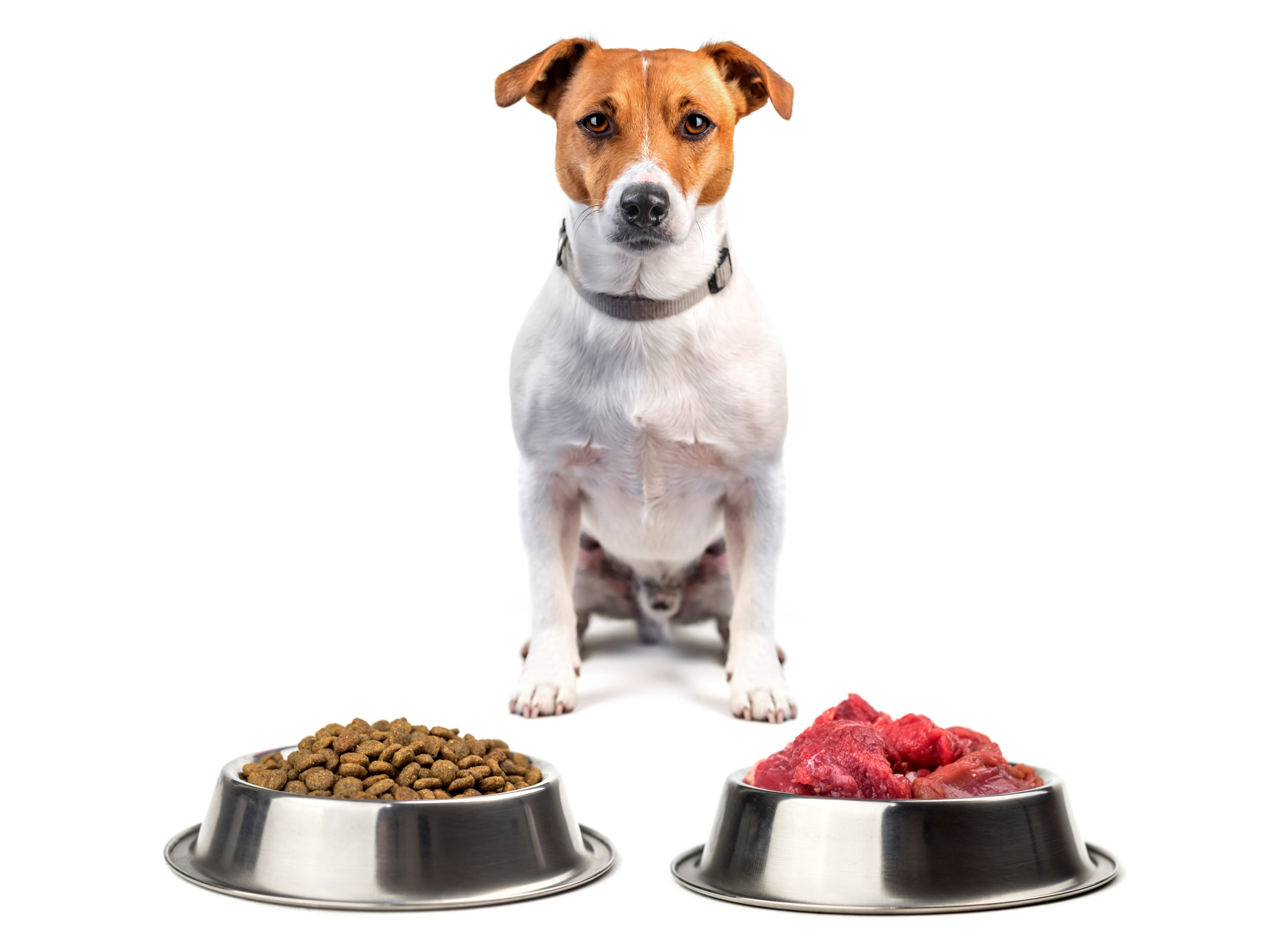Get Easy Health Digest™ in your inbox and don’t miss a thing when you subscribe today. Plus, get the free bonus report, Mother Nature’s Tips, Tricks and Remedies for Cholesterol, Blood Pressure & Blood Sugar as my way of saying welcome to the community!
The pet food trend helping to spread antibiotic-resistant bacteria

The CDC has labeled antibiotic resistance as “one of the biggest public health challenges of our time”.
And, is it any wonder considering the fact that since their discovery, these drugs have been looked upon as a “magic bullet.”
You go to your doctor for a cough. You get an antibiotic.
Have ear pain? Your doctor writes you a prescription for another antibiotic.
And, the list goes on…
In fact, the widespread and too often inappropriate use of antibiotics has led to an average of two million antibiotic-resistant infections in the U.S. each year — a number that’s predicted to continue to rise.
And, according to a new study, some of the dangers could be lurking in your pet food dish.
Here’s why…
It’s in the enzymes
Bacteria that have become antibiotic-resistant produce enzymes called extended-spectrum beta-lactamases (EBSL). These are enzymes that make certain antibiotics ineffective.
What’s really concerning about these enzymes is the fact that they are behind the resistance of certain bacteria to even broad-spectrum antibiotics.
So, if you become infected by one of these dangerous versions, it may beyond even the strongest of antibiotics to save you.
And, a recent study by researchers at the University of Zurich found that these types of EBSL-producing germs are often found in our best friends — the cats and dogs we love so much.
But, why?
Raw pet food diets
Well, according to the researchers, the answer could be because we love them so much.
You see, there’s been a big movement in recent years to feed our pets a more natural diet, one that’s closer to what they would normally eat if they were hunting for themselves.
Related: 7 ways dog owners are healthier and live longer
And so, the raw pet food industry has boomed and pet foods that include raw meat, animal by-products, bones and additional food such as fruit and vegetables have been lining the store shelves and taking their place in online sales.
This food mix is called “BARF” (Biologically Appropriate Raw Food) — and come on, who thinks of these acronyms.
Yet, while eating this way may seem like it’s healthier for your cat or dog, it could have dangerous consequences for you.
Contaminated with antibiotic-resistant bacteria
Once they realized that so many pets were carrying around EBSL-producing bacteria, the Zurich researchers started wondering if their diets were to blame.
So, they set out to test 51 raw pet food samples from various suppliers to find out the total number of germs present, the number of normal and antibiotic-resistant enterobacteria, and the number of Salmonella bacteria in each sample.
And, the results are a wakeup call…
They found:
- Levels of enterobacteria that exceeded safety limits in 73 percent of the samples (This is a group that’s become increasingly resistant to antibiotics and causes infections both in and out of your intestines.)
- EBSL-producing bacteria in 61 percent of samples
- Salmonella in two of the samples
- coli that harbored the colistin-resistance gene in two samples (Despite being found in only two samples, this one could be the most dangerous since it’s resistant to the last line of defense antibiotics for E. coli infections.)
Because of these findings, the researchers concluded that “BARF” diets are a significant risk factor for the spread of antibiotic-resistant bacteria for two reasons.
The first is that as you feed your pet and prepare their food you may come in contact with the bacteria. And, the second is that due to close contact the risk of transmission of the bacteria from your pet to you is also increased.
“We, therefore, advise all dog and cat owners who want to feed their pets a ‘BARF’ diet to handle the food carefully and maintain strict hygiene standards,” said Magdalena Nüesch-Inderbinen, the study’s first author. “Pet owners should be aware of the risk that their pet may be carrying multidrug-resistant bacteria and can spread them.”
So, if you have your furry friend on a raw pet food diet, know your risks, decide what’s safest for you and your pet, and take steps to avoid contact with the deadly bacteria that could be lurking in their food bowl.
Sources:
- Antibiotic / Antimicrobial Resistance (AR / AMR) — Centers for Disease Control and Prevention
- The DISARM Act Proposes New Strategies to Fight The Growing Threat Of Antibiotic Resistance — Infection Control Today
- Antibiotics: Are you misusing them? — Mayo Clinic
- Raw meat-based diets for pets pose a health risk for humans — EurekAlert!
- Enterobacteriaceae — Infectious Disease Advisor
- Description of the First Escherichia coli Clinical Isolate Harboring the Colistin Resistance Gene mcr-1 from the Indian Subcontinent — Antimicrobial Agents and Chemotherapy













